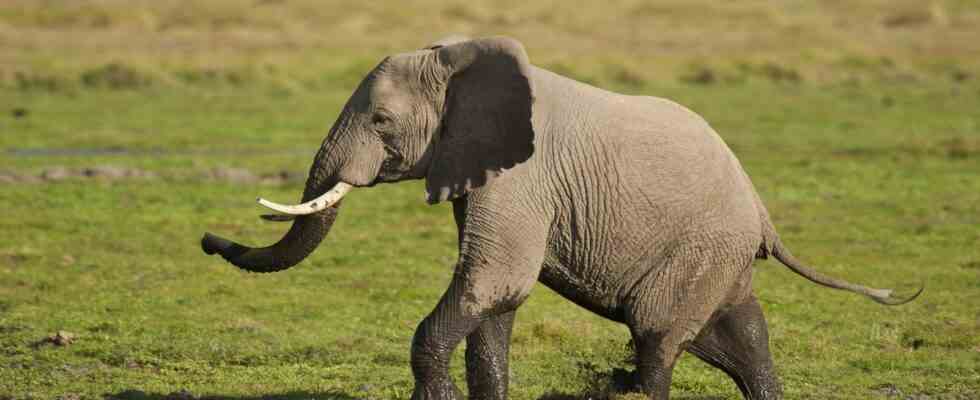As at previous meetings, the concerns of elephants in particular are likely to cause heated debates among the conferring countries. However, they are only one topic that concerns the member states of the CITES species protection conference.
Protect wild animals and plants
CITES was signed in Washington in 1973 to regulate trade in endangered species. After all, after habitat destruction, the biggest driver of species extinction is overexploitation. This also includes non-regulated trade. 184 countries have now signed the CITES treaty. Their representatives will hold a two-week debate from November 14 to 25, 2022 on the 19th Conference of the Parties in Panama City. The aim is to protect wild animals and plant species. At the conferences, which take place every three years, trade in 38,000 species has been banned or strictly regulated, divided into around 6,000 animal and 32,000 plant species. However, regulations can also be relaxed or lifted again. This is CITES (Convention on International Trade in Endangered Species of Wild Fauna and Flora) one of the most important international nature conservation agreements.
Sharks, rays, endangered wild animals: the list is long
Sustainable trade and the inclusion of another 600 wild species in the list are now to be debated. These include seven tree genera whose existence is endangered. Many reptiles, amphibians and fish are being protected for the first time. Also in view of the corona pandemic, the members will exchange views on how to deal with health risks from the wildlife trade in the future. In addition, the representatives at the CITES conference want to exchange views on combating organized crime in the wildlife trade and the role of indigenous and local communities.
Also on the agenda are debates about many species of sharks and rays, threatened by overfishing. The stocks of the sensitive cartilaginous fish have declined particularly sharply in recent decades: a third of the more than 1,200 species are threatened with extinction. Another topic is exotic animal species, some of which are illegally exported to other countries as pets. China and Southeast Asia are the largest sales markets here, but specimens of endangered species also keep appearing in Europe.
Heated debates on elephants expected
Also elephants will probably be a big topic for discussion. That was the case at previous conferences. This is due to the fact that two camps are facing each other here that have very different ideas: Firstly, those states that demand a complete ban on trading in products from elephants and hippos, and those that want fewer restrictions on elephants and hippos white rhinos to wish. Specifically, it is about West African countries on the one hand and South African countries on the other.
“Some states in southern Africa want to be rewarded for protecting their elephants and their increased numbers by allowing them to trade in elephant products, most notably ivory,” said Davis Morgan, Chief Scientific Officer at CITES. The profit from such products should then in turn flow into species protection. This affects the countries of Zimbabwe, Botswana, Namibia and South Africa, which have ivory in their stocks – including from naturally dead animals – and want to sell it. However, the ivory trade has been largely banned worldwide since 1989 – with some exceptions in these countries. There is a danger that the illegal ivory trade could flourish under the guise of legal trade.
However, it is not only ivory from tusks that is debatable, but also living elephants: On the other hand, there are countries in West Africa that have lower elephant populations and are in favor of an absolute ban on trading in living elephants – also for the four countries mentioned above, which are the only ones still allowed to trade with them.

